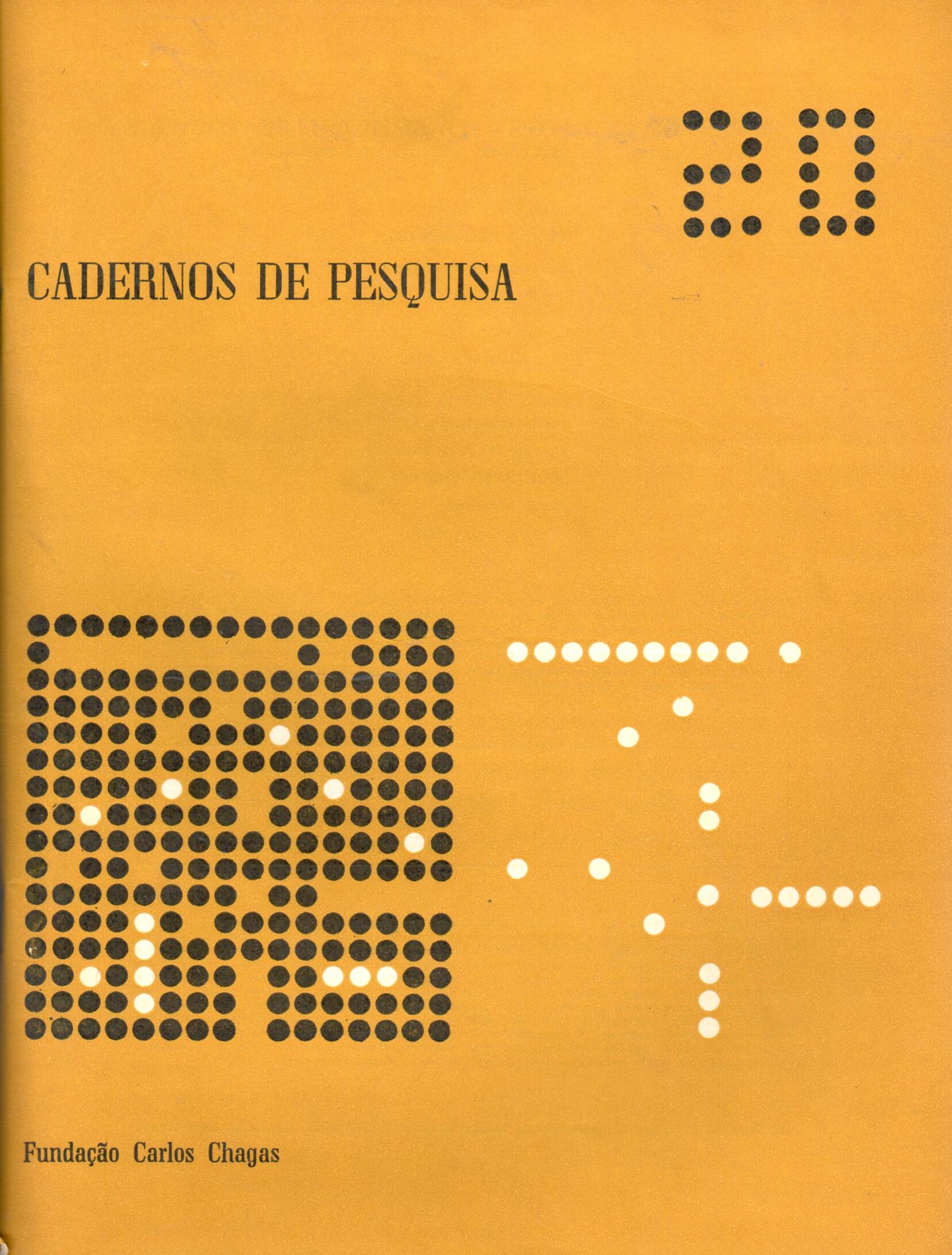Preparação ocupacional e salários de profissionais de nível médio na força de trabalho industrial de São Paulo
Keywords:
Salário, Ocupação, Profissão, Ensino de 2º grau, Trabalho, IndústriaAbstract
Este artigo faz uma revisão da preparação ocupacional de 11.910 profissionais das nove maiores famílias técnico-ocupacionais de nível médio. Esses profissionais fazem parte dos 6% de profissionais especializados, entre técnicos, administrativos e de apoio (N = 22.619) de uma amostra quasealeatória de indústrias de transformação em São Paulo (N =688). Todos eles completaram pelo menos cinco anos de escola e nenhum teve instrução universitária. Um modelo simples de determinantes de diferenciais de salários é aplicado em cada família de profissão, a fim de verificar como a preparação ocupacional, a importância funcional, a idade, o tempo de firma e o tempo no cargo afetam o salário-hora dos profissionais. A despeito da restrita variação da amostra do ponto de vista educacional e ocupacional, o modelo funciona razoavelmente bem, respondendo por 16 a 35% da variância de salários.Downloads
Downloads
Published
How to Cite
Issue
Section
License
Copyright (c) 1977 Cadernos de Pesquisa

This work is licensed under a Creative Commons Attribution-NonCommercial 4.0 International License.
Authors who publish in this journal agree to the following terms:
a. Authors retain the copyright and grant the journal the right to first publication, with the paper simultaneously licensed under the Creative Commons Attribution license that allows the sharing of the paper with acknowledgment of authorship and initial publication in this journal.
b. Authors are authorized to assume additional contracts separately, for non-exclusive distribution of the version of the paper published in this journal (for example publishing in institutional repository or as a book chapter), with acknowledgment of authorship and initial publication in this journal.
c. Authors are allowed and encouraged to publish and distribute their paper on-line (for example in institutional repositories or on their personal page) at any moment before or during the editorial process, as this can generate productive changes, as well as increase the impact and citation of the published paper (See The Effect of Open Access).









